How many liters in the bathtub?
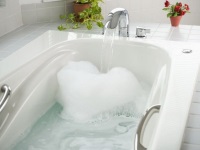
Taking a bath in ancient times was a luxury and the privilege of the rich nobles, ordinary people were content with ponds and baths. Today, there are plumbing facilities almost everywhere, there is no need to heat water anymore, but taking a bath is still considered to be an expensive and costly affair.
It's worth to understand, is a bath - a chic or a hygienic necessity? Are the costs that high and does the volume of the tub affect them?
What data do you need for the calculation?
If the manufacturer does not specify the capacity in the passport of the product (and usually write the volume before the overflow), or the document was lost, and you count the value for the one that stands in your home, you can calculate the volume of the bath yourself.
To do this, you need to know the length and width of the bowl, its depth. And remember that 1 liter is equal to 1 dm³, or 1,000 cm³, or 0.001m³.

The formula is
You can measure the volume of a standard and not so standard container like Archimedes, or you can use mathematical formulas. The latter will give an approximate result, since exact measurements go into the realm of integral calculus. The average person will lose interest unless they use a simplified formula:
V=H*L*Swhere
V is the volume you are looking for,
H is the height or depth of the bowl,
L - length of the tub,
S - width of the bowl (distance between the sides).
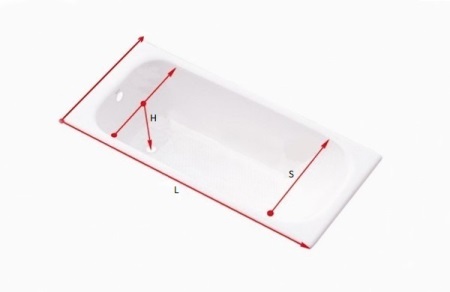
Calculation of the volume of spherical models brings to mind the number π (approximately 3.14), because first you need to calculate the area of the semi-circle, and then multiply by the length or depth (depends on the specific shape), then the formula may change:
V= π H*L*S.
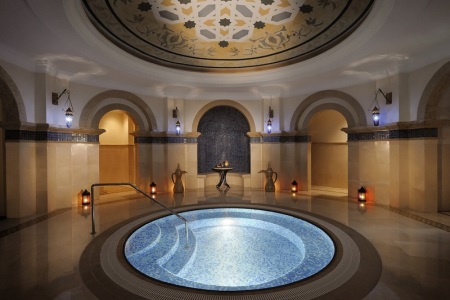
For example, for a standard bathtub of length 170 cm, depth 50 cm, width 70 cm, the calculation would be: V=170*50*70=595,000 cm³=595 l.
This volume of water means the full capacity for a geometrically correct bathtub-parallelogram, in fact, people use about half of the bathtub, taking into account their own immersion, and it is also necessary to "subtract" the rounding of the sides and the narrowing of the bathtub to the bottom.
Table of standard values (standard bathtub sizes and number of liters as a table).
One must be grateful to the forward-thinking metrologists who created a volume table for standard cast iron bathtubs:
|
No., pp. |
Length of bath (external), mm |
Length of internal bath, mm |
Bowl depth, mm |
Volume, l (dm³) for width 650 mm |
Volume, l (dm³) for width 700 mm |
Volume, litre (dm³) for width 750 mm |
|
1 |
1000 |
850 |
370 |
Up to 95 |
95 |
- |
|
2 |
1200 |
1050 |
370 |
Up to 117 |
117 |
120 |
|
3 |
1400 |
1230 |
400 |
Up to 144 |
144 |
175 |
|
4 |
1500 |
1330 |
400 |
140 |
161 |
170 |
|
5 |
1600 |
1430 |
400 |
Up to 170 |
170 |
179 |
|
6 |
1700 |
1530 |
400 |
Up to 182 |
182 |
210-245 |
Cast-iron bathtubs are available in versions 1-2 m in width 65-75 cm, the most popular models 150-170 cm in length and width of 70-75 cm Recently, there was a demand for 180 * 80 models, their volume of 195 liters for comfortable new buildings. Most models with a width of 65 and 70 cm differ only in the width of the sides, their volume is almost the same, so the table shows these values. The size 100cm*75cm actually does not occur.
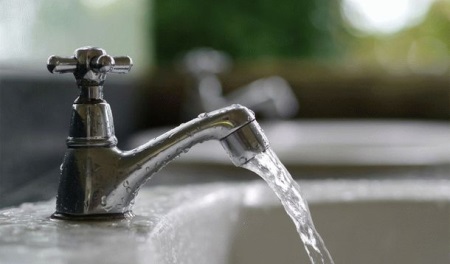
Demanded sizes are found in many materials (steel, acrylic), their volume may differ because of the shape, greater depth. For most calculations, the given values are sufficient.
How to calculate the volume of a non-standard bath?
Non-standard baths are varied: this includes children's baths with a volume of 20-40 liters, as well as multi-bath models with hydro-massage. Since the latter are often made to order, their capacity is necessarily specified in the documents. Popular angular models with a side of 1.5-1.8 m and a depth of 65 cm can hold up to 400 liters of water. The volume of exclusive baths can reach 900-1100 liters, in general, the calculation can also be carried out according to the above formula.
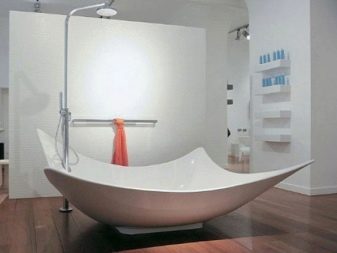
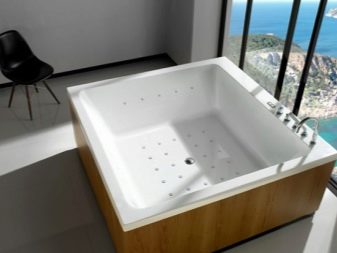
The average consumption of water
In the sphere of housing and communal services it is assumed that one person consumes up to 300 liters of water per day. Where does this figure come from?
About 40 liters of water manages to "escape" during washing, half as much as 20 liters is used for kitchen and cooking, 30 liters for washing, 70 liters for showering, 140 liters for bathing and 15 liters for defective sanitary equipment. Since laundry and bathing is not every day, according to Soviet standards, the output was 305 liters, and this figure has long been no one checks and does not study. At the same time, the average family of 3-4 people consumes about 20 m³, which is about 170 liters per person per day.
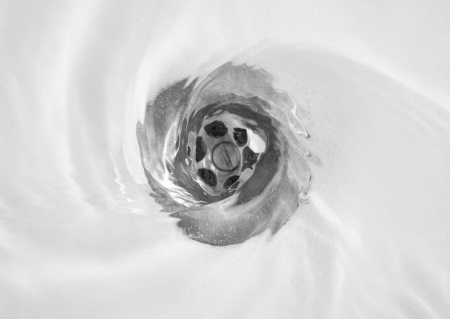
There are exceptions to the rule: you can take a bath in different ways. Europeans do not flush the tank and take turns bathing in it. The spoiled Russians have a completely different attitude to hygiene. A standard bath "eats" up to 150 liters, after him usually take a shower (+50 liters). Spa treatments in the bathroom will cost 180 liters (another 120 liters for pre-washing and 50 liters for rinsing).
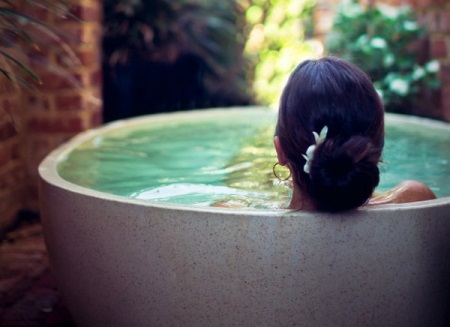
In short, the calculations are depressing.
How can I reduce my water consumption?
Many families have been able to save money by switching to pay by meter readings. Wash as Europeans - questionable economy, although many mothers and wash their babies and so on: take the water and run the gang of 2 or 3 toddlers. So you can safely wash kids up to 5-6 years: fun kids, mom saves water and time.
There are other ways that are useful to everyone:
- The introduction of lever mechanisms that fix the "favorite" position to maintain an optimal water temperature.
- The shower itself is more profitable than a bathtub, but it can also be made economical. To do this, you need to stand for 1 minute under the pressure of water and soak. After turning off the water, soap up well, and then stand under the stream again to rinse off the foam and dirt.
- Similarly, you can wash and brush your teeth. Some dentists are generally of the opinion that it is useful to use boiled water for these procedures, rather than running water. A glass of liquid for brushing teeth is quite enough.
- Successful variants of shower heads allow you to use the necessary pressure and volume of water. They will save about 20% of the liquid for each shower.
- Expensive sensor models of faucets and nozzles also save water, because it will pour only when the sensors are triggered.
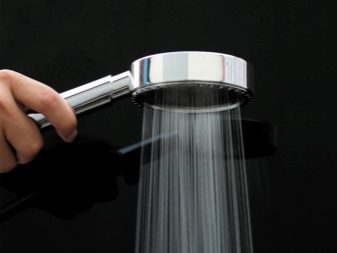
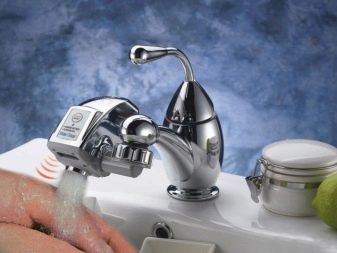
Many water-saving fixtures are not cheap because manufacturers embody the idea of conservation. The average household's water consumption is reduced by at least 30%. Quite logical recommendations can be complemented by another wise piece of advice: you want to save on water - repair the faulty plumbing!




